The artist was a sculptor, painter, ceramist, engraver, photographer.
Particularly interesting however is the artistic history of Domenico Mastroianni born in Arpino (Frosinone) in 1876, who moved to Paris at a very young age as a bohemian. He had only a few brief Roman experiences in the wake of wealthy art collectors.
It was during this French period that after having also come into contact with the Impressionists and with the representatives of Art Nouveau, he invented sculptography. In practice, Mastroianni formed compositions in plasticine or in bas-reliefs and then photographed them, producing thousands of postcards that were particularly successful on the French market at the beginning of the 20th century (known as “sculptogravures”).
Back in Arpino on the eve of the First World War, he often took care of sculpture, worked for various monuments etc. or for public markets (also for Quirinale and the municipality of Arpino). Also in Italy, as mentioned, he edited several series of postcards for a Milanese publisher. Domenico Mastroianni died in 1962 but contributed considerably to the artistic training of his son Alberto and of the most famous nephew Umberto Mastroianni (Fontana Liri 1910, Marino 1998) whose works are often present in various international museums.
Unlike his nephew Umberto, he chose an artistic path closer to tradition, and our terracotta is a clear example. datable between the 40s and 50s of the XXth Century. In the figure they recognize the teachings of the ancients, but also in the beautiful modeling that seems to come out of the material, the expressive influences of modernity.
The sculpture has been restored: forelegs of the horse fixed, wooden restoration lance.











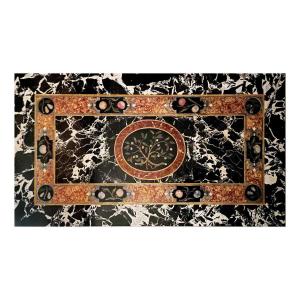

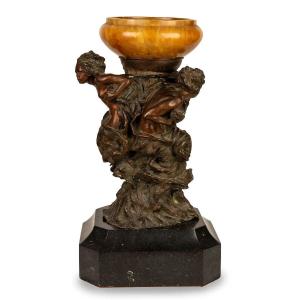









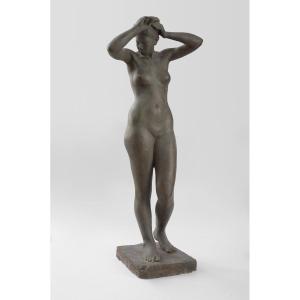

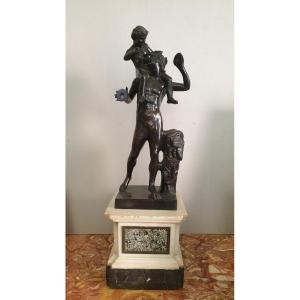
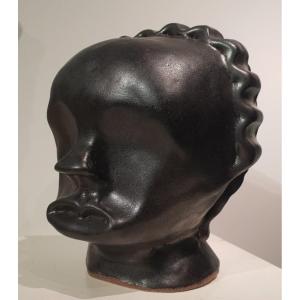
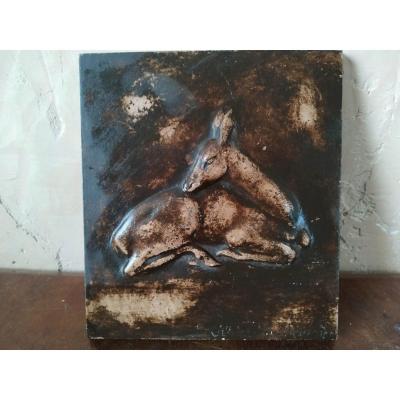
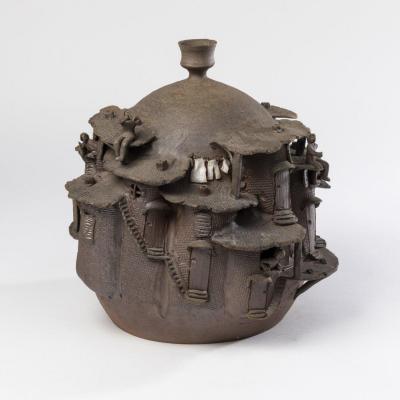

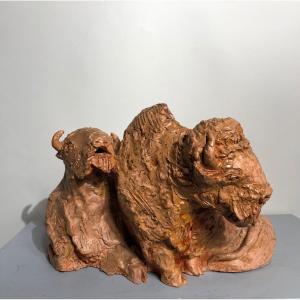



 Le Magazine de PROANTIC
Le Magazine de PROANTIC TRÉSORS Magazine
TRÉSORS Magazine Rivista Artiquariato
Rivista Artiquariato